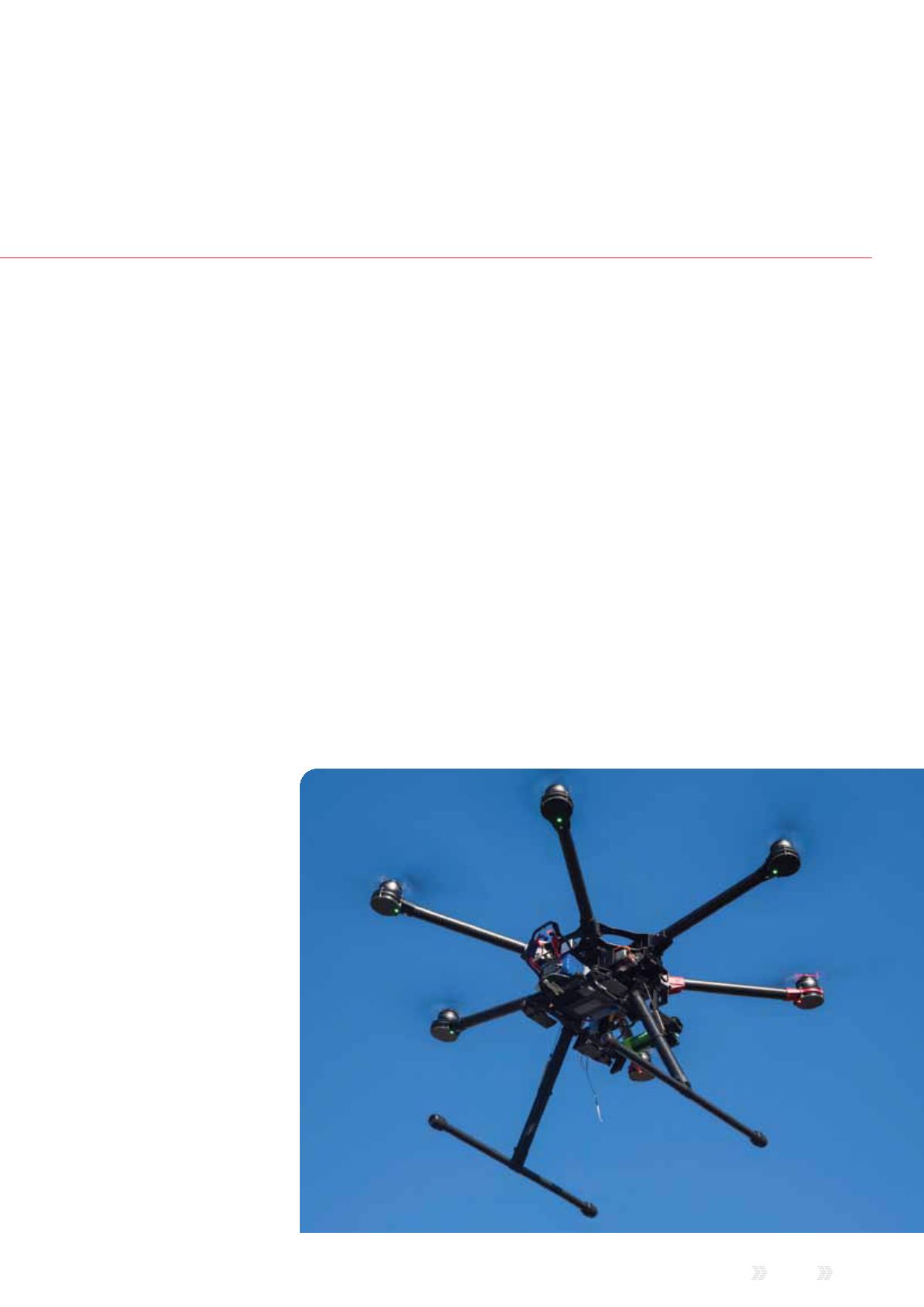
Reach
Issue 8 2015
|
21
some of the exciting use cases under
development.
Among the applications that Frost
& Sullivan is tracking are:
»
»
High-quality voice features:
Despite the interest around visual
and sensor-driven applications,
much of critical communications
will still depend on voice.
Mobile broadband brings
welcome features such as high-
definition quality and continued
improvements in voice-recognition
control and noise cancellation.
Additional requirements:
technical
specifications for mission-critical
voice-centric features such as talk
groups, push-to-talk and proximity
within the internationally-agreed
voice over LTE standards.
»
»
Instant ‘man down’ alerts:
Sensors on the body send
automatic alerts to command
and control when they detect
that a responder has a raised
heart rate, is running, lying
on the ground or not moving.
Smartphone applications
monitor status of personnel
in the locality to alert nearby
colleagues if needed.
Additional
requirements:
algorithms will
be optimised over time to
accurately distinguish a genuine
emergency from false alarms.
»
»
Faster medical response:
Mobile broadband and vital
signs monitoring let medical
staff send data to hospital ahead
of the ambulance’s arrival at
Accident and Emergency. Greater
bandwidth also improves access
to navigation maps – for example
the London’s Air Ambulance
service is using EE’s 4G network
for road navigation.
Additional
requirements:
integration with
individuals’ medical records and
prescriptions databases.
»
»
Advanced navigation:
Augmented Reality (AR)
overlays and head-mounted
displays allow navigation
through unfamiliar environments
without needing to look down
at a screen. Real-time location
markers are projected on to
smartphones, the driver’s or
passenger’s windscreen, or
headset view. Google Glass is
the most prominent example
today. Others will follow with
lightweight headsets that project
a voice-operated menu and AR
overlay onto the retina.
Additional
requirements:
More work needed
on ergonomics and regulatory
change needed for driver use
and privacy compliance.
»
»
Rugged devices:
New materials
such as graphene so that
‘ruggedised’ needn’t mean
‘bulky’. Wearable technology
will be flexible, light, affordable
and embedded into protective
clothing. Graphene is an atom-
thick sheet of carbon atoms that
can also be used to improve
performance of batteries and solar
panels.
Additional requirements:
Refinement of the manufacturing
process to incorporate new
materials. Sophisticated sensors
and materials will become more
affordable such that some devices
will be effectively disposable.
»
»
Driverless vehicles:
Cruise
control, and automatic braking
and parking are commonplace
already. Wireless connectivity
extends this further by allowing
vehicles to navigate their external
environments and combine
data with engine monitoring
and control. Such vehicles
g the Digital
Awareness
Unmanned Aerial Vehicles (UAVs)
can be quickly be despatched to incident
locations to reconnoitre the situation


